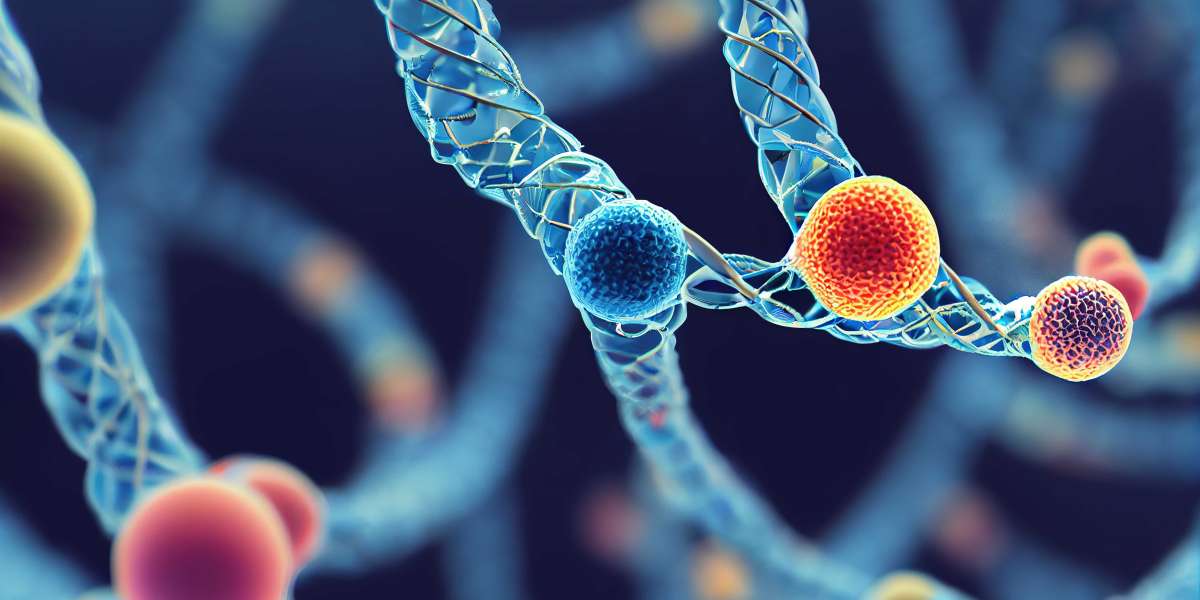Lipids represent a diverse and complex group of compounds that are chemically and structurally non-homogeneous. These molecules are primarily characterized by their solubility in organic solvents and their insolubility in water. In nature, lipids encompass a variety of substances, including fatty acids and their derivatives, such as esters and amines. Additionally, they include compounds that are related to the biosynthesis and functional roles of these fatty acids. The biological significance of lipids extends far beyond mere structural components; they are integral to numerous physiological processes and functions within living organisms.
One of the primary roles of lipids is to serve as a vital source of energy. They are stored in adipose tissues and can be mobilized when energy is required, making them essential for maintaining metabolic homeostasis. Beyond energy storage, lipids are crucial components of cell membranes. They contribute to the structural integrity and fluidity of membranes, which is essential for normal cellular function. The lipid bilayer formed by phospholipids not only provides a barrier to protect cellular contents but also facilitates the transport of molecules in and out of cells.
Moreover, lipids are precursors for the synthesis of various biologically active substances. For instance, certain lipid molecules are involved in the production of hormones and signaling molecules that regulate numerous physiological processes. These signaling lipids play critical roles in cell communication, influencing processes such as inflammation, immune responses, and cellular growth. Thus, the diverse functions of lipids underscore their importance in maintaining health and homeostasis.
However, disturbances in lipid metabolism can lead to a range of human diseases, including metabolic disorders, cardiovascular diseases, and obesity. By analyzing lipid profiles and identifying specific lipid biomarkers, researchers can develop strategies for disease prevention and diagnosis. This lipidomic analysis provides insights into the metabolic state of an organism and can reveal alterations that may indicate the onset of disease.
Lipidomics, the comprehensive study of lipids within biological systems, has emerged as a powerful tool in understanding how organisms respond to environmental stressors. Environmental factors such as salinity, temperature fluctuations, pH changes, and nutrient availability can induce stress responses in various organisms. Recent studies utilizing lipidomics have demonstrated its efficacy in monitoring real-time changes in lipid composition and metabolism in response to these external environmental changes. Research has been conducted across a range of model organisms, including plants like microalgae and Arabidopsis, as well as animals such as mice, fish, and even humans. These studies confirm that lipidomics can effectively track how lipid profiles shift in response to environmental stressors, providing valuable insights into the adaptability and resilience of organisms.
In addition to understanding stress responses, lipidomics is instrumental in contaminant exposure studies and toxicity evaluations. Changes in lipid compounds can serve as sensitive indicators of an organism's response to environmental pollutants. By analyzing lipid metabolites, researchers can elucidate the toxic effects of foreign substances at the tissue and organ levels. This approach allows for a deeper understanding of the molecular mechanisms underlying toxicity, particularly in relation to persistent organic pollutants (POPs), which are known for their subchronic toxicity. The rapid, sensitive, and selective nature of lipidomics techniques makes them particularly advantageous for assessing the toxic effects of low doses of environmental pollutants.
The application of lipidomics in environmental research is becoming increasingly prevalent, particularly in the context of climate change and its impact on ecosystems. By examining lipid profiles, scientists can gain insights into how organisms and ecosystems respond to changing environmental conditions. This knowledge is crucial for developing strategies to mitigate the effects of climate change and protect biodiversity.
In conclusion, lipids are not only fundamental to the biological functions of living organisms but also play a significant role in understanding environmental interactions and responses. The advancements in lipidomics provide a powerful framework for exploring the complexities of lipid metabolism, disease mechanisms, and the impact of environmental stressors. As research in this field continues to evolve, it holds promise for enhancing our understanding of health, disease, and the intricate relationships between organisms and their environments.

